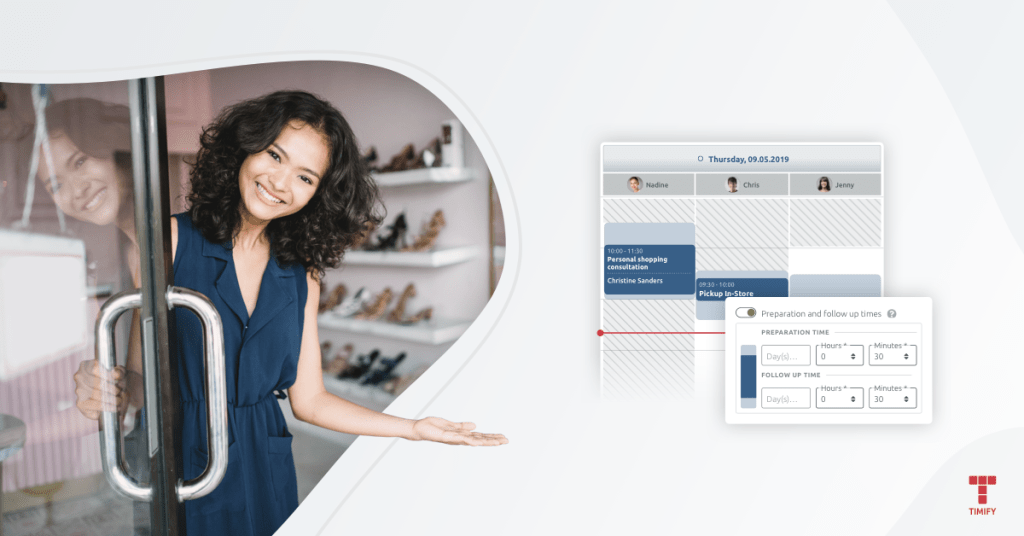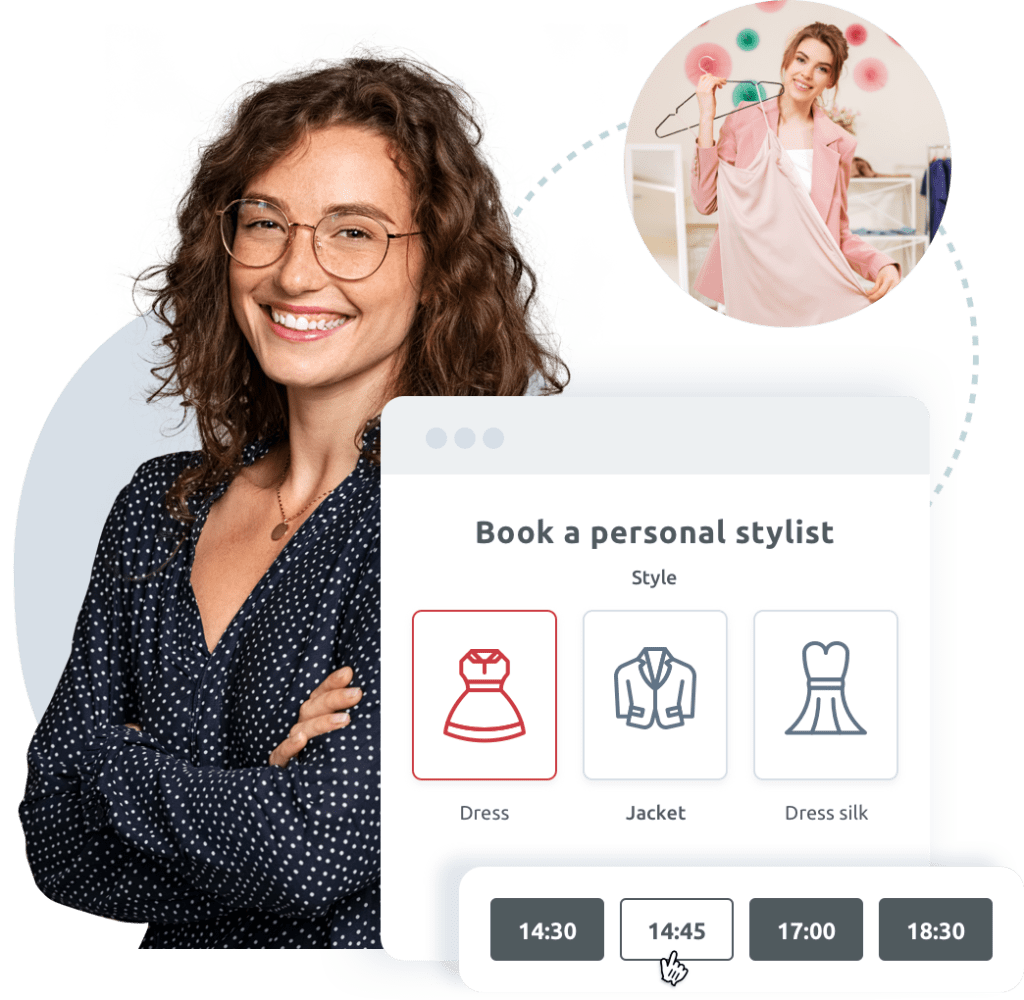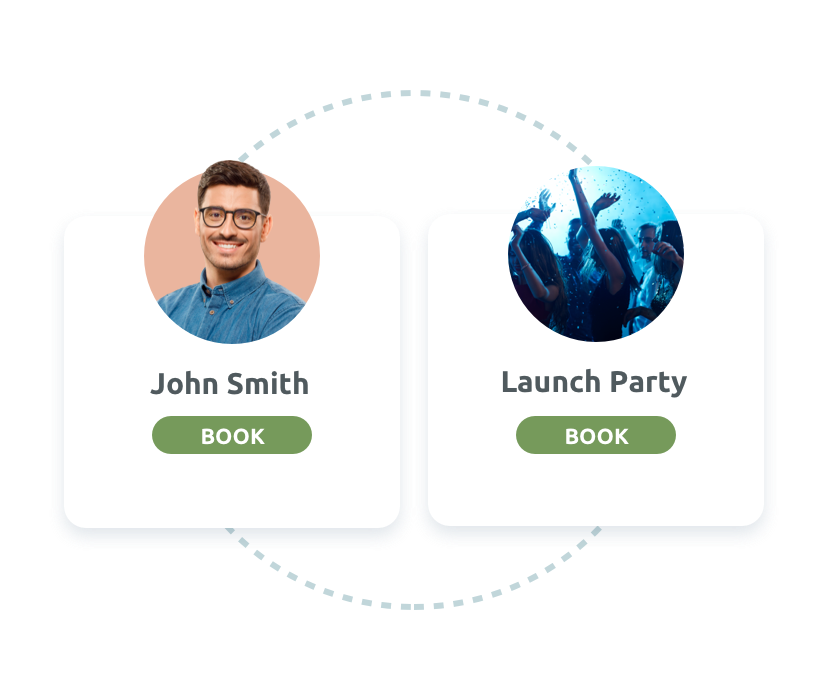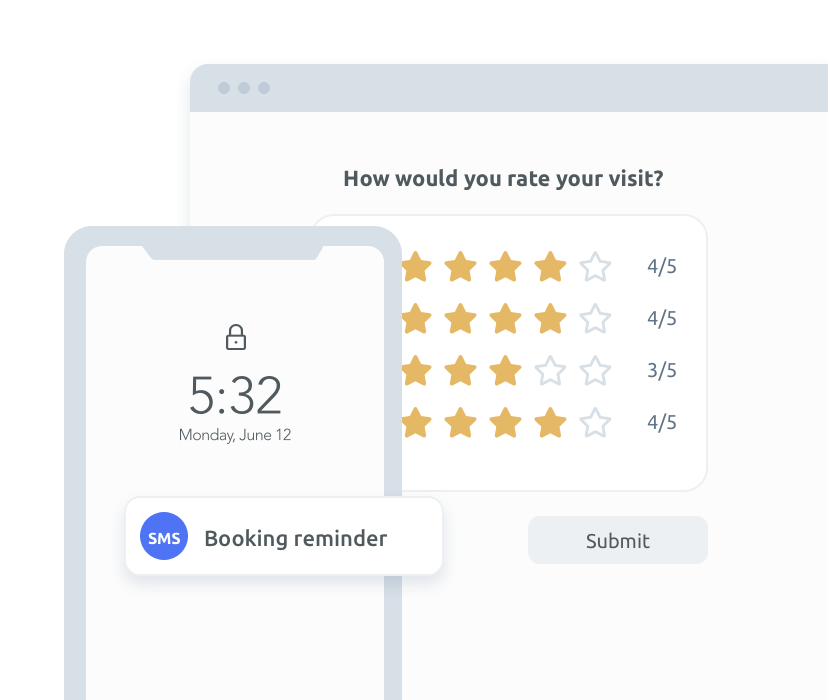Reimagining Physical Retail - Embracing The Epoch Of Post-Digital Consumers
Technology is no longer a fascination held by consumers. It has become an expectation; they are no longer amazed by new technology. It is seen as merely a symptom of our progression as a society.


TIMIFY
TIMIFY is an appointment booking and resource scheduling software for teams and enterprises
Technology is no longer a fascination held by consumers. It has become an expectation; they are no longer amazed by new technology. It is seen as merely a symptom of our progression as a society.
Consumers expect a seamless multiplatform experience online, picking up where they left off on their desktop from their phone, for example. Consumers now go out of their way to invest in swathes of related products to facilitate this ease of transition, such as the aptly named 'Apple Ecosystem'.
This seamless transfer is something consumers now crave; it is ingrained in their psyche. With this, it has become a retailers' duty to provide the continuity that consumers know so well, even within a physical store.
This new era of consumers has raised questions for business owners and forward-thinkers alike, such as: ‘What has happened to retail?’ and ‘What is next for retail, and how can you embrace it?’
What has happened to retail?
The rapid proliferation of e-commerce has revealed the cracks in our current retail strategy. Brick-and-mortar stores are buckling under the weight of online giants such as amazon, with 66% of users choosing amazon over a traditional store.
The consumer mentality has shifted, preferring convenience over quality, with things such as next day shipping and free or extended returns policies becoming the norm. The lines between virtual and reality have become blurred. With technology becoming so engrained in daily life, it is no longer a shock to use a watch to pay for products or virtually try something on online - the era of the instacart has driven the rise in convenience-based retail.
Shopping in a physical store has become less of a requirement and more of a social and stimulating experience. Consumers crave something new, and it is up to business owners, entrepreneurs and investors to provide that for them.
Customer expectations - the guiding hand for business decisions

Customers view the world differently today than they did ten years ago, which is also true for media. Media is no longer 'entertainment' it is stimulus, social life and education; it is everything one particular user may need in their daily life.
Media has become the hyper-attentive cousin of retail. Adverts are no longer just adverts; they are opportunities for consumers to connect with others and share a common ground.
Consumers are no longer searching for their next hit of dopamine by simply buying products. They need experiences. Retail spaces need to become more than just stores; they need to become something that will enchant the consumer, something personable and unique to each visitor.
1 . The Shift To Online
Businesses go where the money is, and this isn't a bad thing. Online retail has become impossible to ignore. It is something to be welcomed rather than feared. By moving online, you have the potential to reach more consumers than ever thought possible by a brick and mortar store.
By utilising the vast amount of data received via online sources, you can create unique, individual customer experiences.

Making customers 'feel special' again through these uniquely tailored in-store experiences arranged via pre-booked appointments can feel like a breath of fresh air for your clients. By intertwining the online and in-person experience, you are encouraging footfall within your stores and building and maintaining a loyal customer base.
This can be achieved in many ways, for example:
1. Introducing online customers to booking an in-store consultation or an in-store shopping experience personalised to their needs.
2. Giving customers a VIP experience, allowing them to sign-up to attend a new product unveiling, in-store or via video call.
3. Giving them 'real people' communication such as booking an online video conference for technical help or a guided set-up session.
4. Creating special offers and discounts only available to customers using the online booking service.
By providing this form of open-ended communication, you are nurturing customer needs and learning more about your client base, which is invaluable in today's market.
2 . Interconnection
Customer experience has become impossible to generalise. Each client will have a unique viewpoint, something that is becoming increasingly relevant as the form and purpose of physical stores evolves.
This individuality allows stores to build 'by appointment only' experiences that speak to customers.

An example of this in practice would be luxury shopping. Customers are greeted with their beverage of choice and escorted around the floor, showcasing models wearing the garments they were previously viewing on the website, along with new products they haven't been introduced to yet, upselling other merchandise. This form of marketing is seen to be highly successful because it is built on solid client relationships.
3. Medias' purpose is changing, for the better
Every form of media and medium at our disposal will soon serve the traditional purpose that physical retail stores have attempted to fill for decades. Merchandise will become marketed interactively and efficiently, no longer sat in 'mini warehouse' style stores.
Progression in technology such as integrated and mixed reality experiences and AI capable customer service bots will help build confidence and make the experience seamless for consumers. Advertisement will no longer solely be 'showing off' the product. It will be an opportunity for consumers to buy immediately.

Stores will no longer be the endpoint for engagement; instead, they will evolve into the starting point. It will become an experience rather than a need. When considering distribution, physical stores cannot keep up with eCommerce, but that is not bad. It opens the door for opportunity, allowing stores to become powerful media experiences. Harnessing this change through an online booking solution can be the first step in achieving deep, meaningful engagement creating a memorable experience to build client relationships.
Your Toolbelt Can Help Drive Digital Change
"Companies need to adapt to the new reality or they will inevitably lose market share. Companies that know how their customers behave and have a holistic, consistent online and offline strategy, will develop competitive advantage."
Reiner Unkel
Chairman of the advisory board at TerminApp GmbH
It is becoming more and more apparent that customer time is a huge factor that has helped birth the 'convenience' mentality. This is why it is crucial to use tools that allow customers to manage their time effectively, making their experience innovative and service-orientated, appointment booking and scheduling tools are an example of tools that reinforce this mentality. By integrating solutions such as TIMIFY into your marketing and development plans you are prioritising the customer experience, and that will be reflected in the relationship you build.

The question now is 'what will retail look like in 5 years'. The answer to this is a simple one, unrecognisable. The face of this industry is changing forever. With In-store sales expected to reach $21.4 trillion globally by 2024, it is up to business owners and forward thinkers to embrace this shift and adapt, ensuring that you don't drown in the coming wave of new post-digital consumers.

About the author
TIMIFY
TIMIFY is an appointment booking and resource scheduling software for teams and enterprises